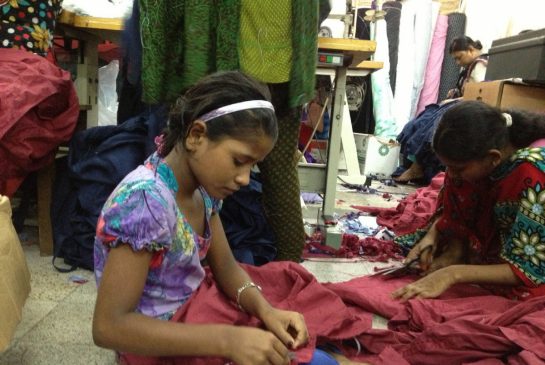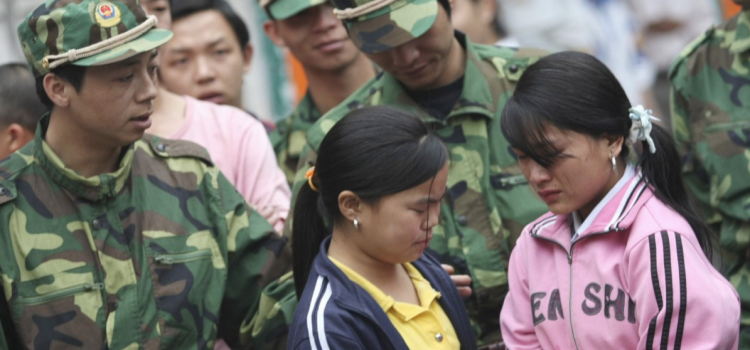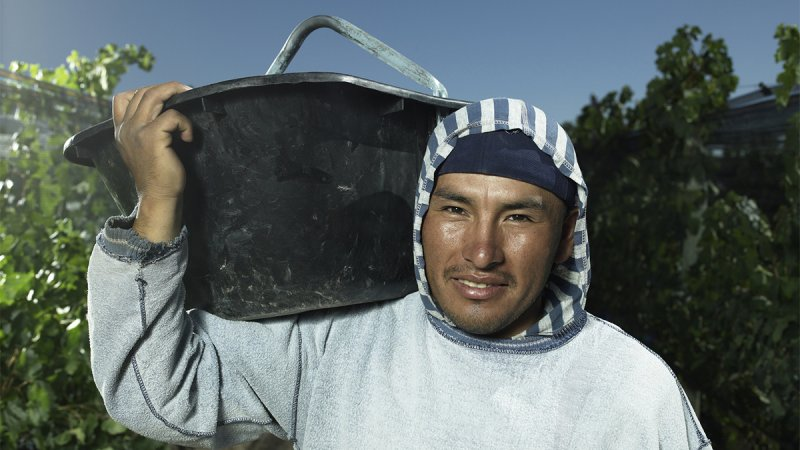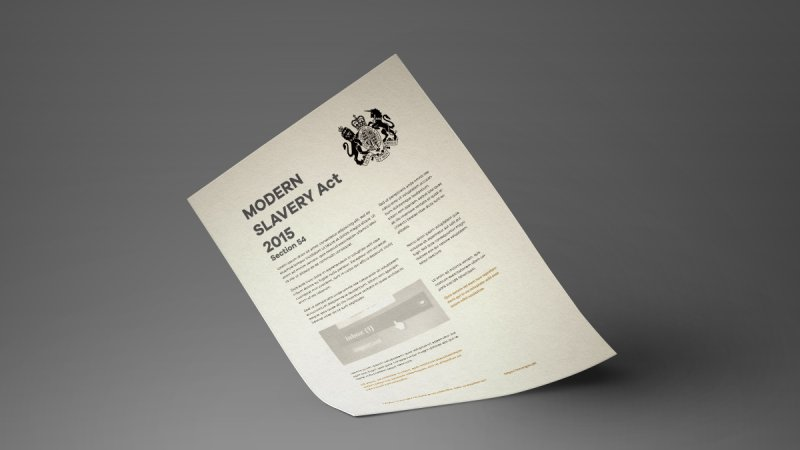Human trafficking is a form of modern slavery which frequently acts as a gateway to subsequent exploitation. It involves the threatening, coercion or tricking of people into situations that facilitate their exploitation, all for the financial gain of perpetrators. Victims are sold into illegal practices against their will, sentenced to continual exploitation and slavery. Human trafficking can happen domestically, i.e. within the country, so does not always involve crossing borders. In fact the UN reported that 43% of victims are trafficked within national borders.
What is the Purpose of Human Trafficking?
Victims of human trafficking are sold into virtually any practice that will earn their traffickers money. They can be trafficked for a variety of purposes, including, but not restricted to: labour exploitation, sexual exploitation, forced criminality, organ removal, domestic servitude and forced marriage. We will explore the nature of each of these crimes.
The majority of people who are victims of human trafficking are trafficked for labour exploitation. In labour exploitation, victims are forced to work for no money or any money they earn is seized by their “owner”. Whilst victims of labour exploitation can be of any profile, they are more often male. Sexual exploitation is a type of labour exploitation in which workers are forced to work in the sex industry. Work can range from pole dancing clubs and brothels to online sites and street prostitution. Sexual exploitation is more common in women and children than men.
Forced organ removal is a barbaric and dangerous practice where victims have their organs surgically removed for sale on the black market. Organ removal is a lucrative practice; in theory, harvesting every organ and chemical within a single living body could generate in excess of $45 million, however in practice not all elements can be utilised. The scale of this crime is astounding. For example, thousands of Falun Gong (a modern Chinese spiritual practice) supporters in China have had their organs forcibly removed for sale to rich recipients in need of a transplant. Supposedly, victims are tissue typed and kept in concentration camps until their organs are required. Upon finding a match, organs are either removed from living victims (e.g. cornea) or they are killed to remove their vital organs (e.g. heart).
Domestic servitude and forced marriages often go hand in hand. Women and children can be sold as wives, forced into marriages against their will and made to serve their “owner”. Essentially, domestic servitude is when people are forced to perform household chores and often confined to their owner’s residence. Sadly, this type of slavery is often accompanied by sexual exploitation.
Some victims of trafficking are forced to perform criminal activities such as theft, prostitution, cannabis cultivation and begging. This form of slavery is termed forced criminality.

Who is Targeted?
Victims of trafficking can be of any age, gender, race, educational level and wealth, however, certain groups of people are more vulnerable than others. The UN found that 51% of trafficking victims are women, 28% children and 21% men. These figures differ according to type of exploitation, for example 72% of sexually exploited people are female.
People living in poverty are often targeted by traffickers. The perpetrators tap into this financial desire and offer victims work abroad or in another region. They often loan them money for travel and relocation costs. However, when the workers arrive they find that the job does not exist or the conditions are drastically different to their expectations. Debt repayment rates will be set so high that victims are unable to repay them and are therefore debt bonded to their employer.
Another target of human trafficking perpetrators is the homeless youth population. Their poverty, isolation and lack of support make them easy targets. Simply put, no one will know they are gone. Perpetrators often trick victims into thinking they are in a relationship with them. With a lack of other emotional affection, homeless youngsters can be all too willing to buy into this manipulation.
Similarly, individuals who have previously experienced violence and trauma are particularly vulnerable to further exploitation. The long-lasting psychological impact of abuse means that these individuals are easy targets for perpetrators. Past experiences may include: domestic violence, sexual assault, war and social discrimination. These experiences cultivate a normalised acceptance of abuse and feelings of uselessness and shame, all of which facilitate exploitation.
Why is Human Trafficking an Important Issue?
Victims of human trafficking are stripped of their rights and freedoms. With no means to assert their liberties, it is important that the rest of us are activists on their behalf. Knowledge is a critical tool in combating modern slavery and human trafficking. We can help by familiarising ourselves with the signs of human trafficking and remaining vigilant. Undertaking regular modern slavery training courses help to keep this knowledge up to date.










